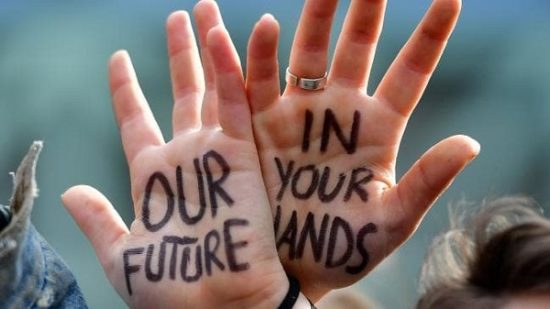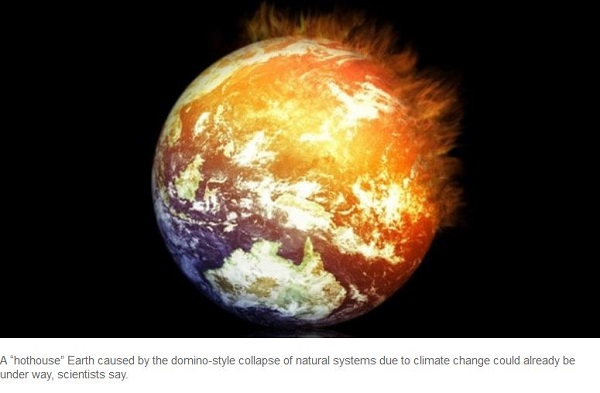Updated 10 December, 2020

I’m looking for a paradigm shift in the climate change goal from (a) ‘limitation of warming to 1.5°C’, thus escaping the worst of an already dangerous climate, to (b) ‘restoration of a safe climate’.
A safe climate may be described as ecological sustainability within planetary boundaries to include preservation, restoration and enhancement along with responsible economic, social and personal growth and development.
A mouthful perhaps, but the difference between hope and despair.
Looking at existing aspirations (zero net emissions for a 50% chance of limiting warming to 1.5°C) how can we say we will preserve the Great Barrier Reef when scientists tell us that 1.5°C will destroy up to 90% of it?
How can we stop our Pacific neighbours from being swamped by the ocean when we are told that current levels of total greenhouse gases (including methane and all of the ‘Kyoto six’) have an implied warming of 1.75–1.95°C (p13) and longer term equilibrium warming of~2.4°C?
That is with total greenhouse gases at ~490 ppm CO2 equivalent. Right now they are at 508 ppm. Continue reading Reflections on climate policy

